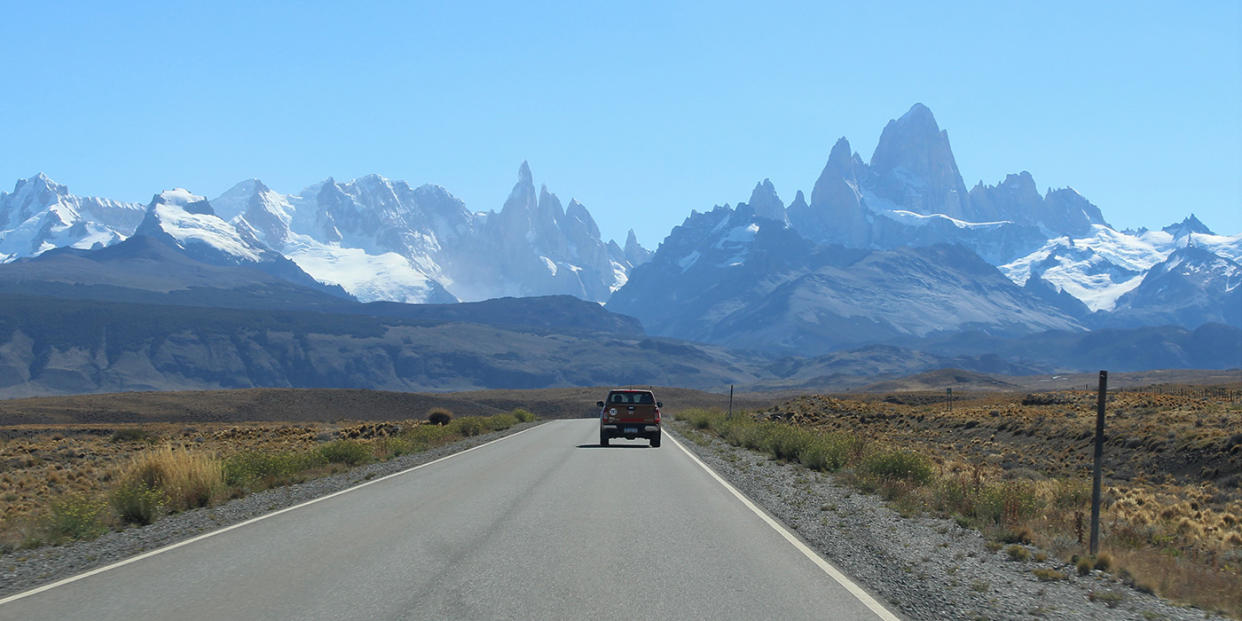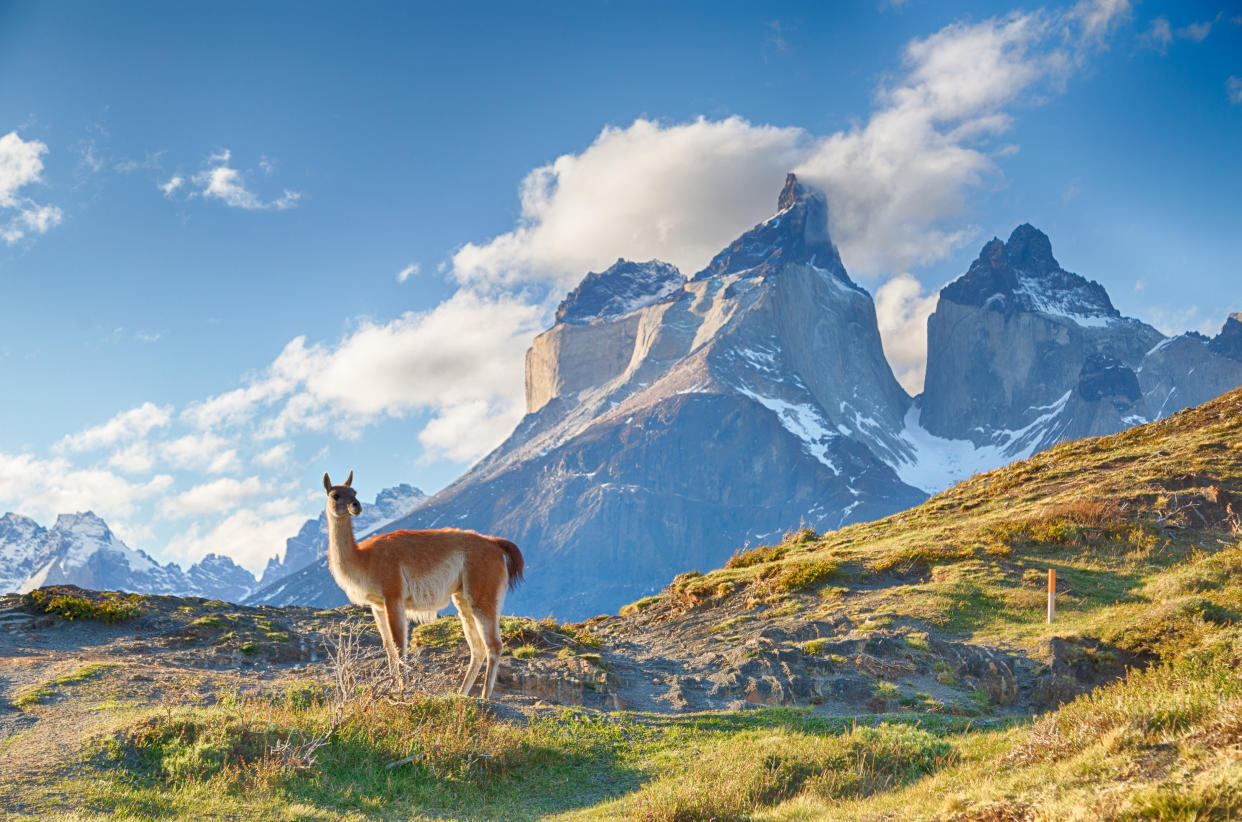Scientists discover why the Andes are rising up as glaciers melt

The glaciers on the Andes mountain range are melting quickly at some of the fastest rates on the planet but scientists have been confused as to why the ground beneath them is rising up rapidly too - until now.
When glaciers melt, a tremendous weight is lifted from the ground that once supported them.
The newly unburdened earth rebounds and rises - but in Patagonia, it’s happening to an extreme level.
Geologists have discovered a link between recent ice mass loss, rapid rock uplift and a gap between tectonic plates that underlie Patagonia, using a seismic study of the Patagonian Andes.

Read more: Melting snow in Himalayas drives growth of green sea slime visible from space
Hannah Mark, a former Steve Fossett postdoctoral fellow in earth and planetary sciences at Washington University said: "Variations in the size of glaciers, as they grow and shrink, combined with the mantle structure that we've imaged in this study are driving rapid and spatially variable uplift in this region.”
The seismic data shows how a gap in the down-going tectonic plate about 60 miles beneath Patagonia has enabled hotter, less viscous mantle material to flow underneath South America.
Above this gap, the icefields have been shrinking, removing weight that previously caused the continent to flex downward.
These conditions are driving many of the recent changes that have been observed in Patagonia, including the rapid uplift in certain areas once covered by ice.
Read more: Why economists worry that reversing climate change is hopeless

Read more: A 1988 warning about climate change was mostly right
Seismologist Douglas Wiens, Robert S. Brookings Distinguished Professor in Arts & Sciences, said: "Low viscosities mean that the mantle responds to deglaciation on the time scale of tens of years, rather than thousands of years, as we observe in Canada for example.
“This explains why GPS has measured large uplift due to the loss of ice mass.
"Another significant thing is that the viscosity is higher beneath the southern part of the Southern Patagonia Icefield compared to the Northern Patagonia Icefield, which helps to explain why uplift rates vary from north to south.”
Geologists see evidence of this combination of ice mass changes and uplift in places all over the world.
Wiens first visited Patagonia more than 25 years ago. He said that he is shocked by changes that he has observed in his lifetime.
"The beautiful glaciers are being reduced in size," Wiens said.
"Over the coming decades, the ice fronts will recede higher up the mountains and farther into the interior, potentially making them more difficult to visit. I can easily see that the glaciers have shrunk since I first visited this area in 1996."


